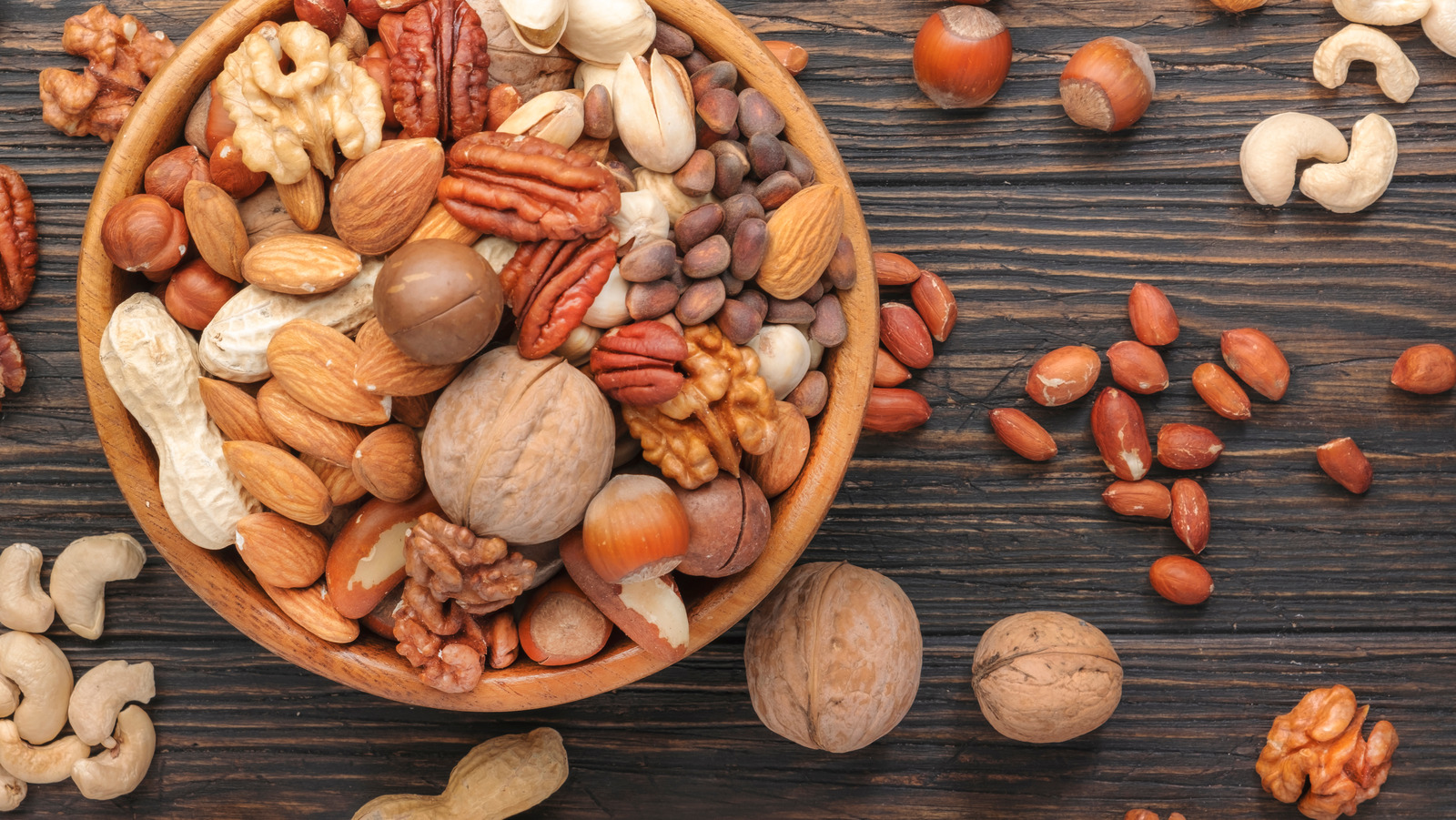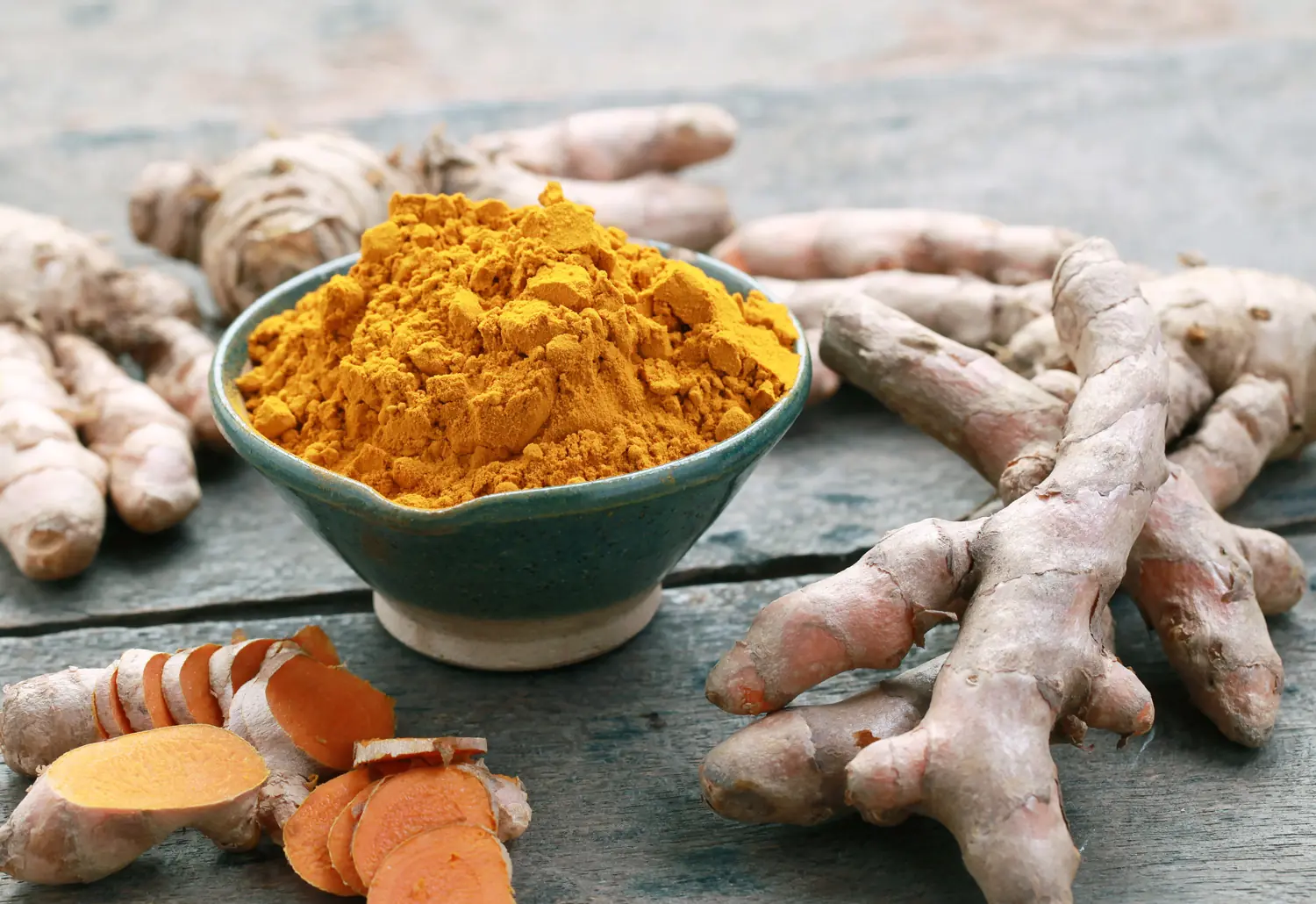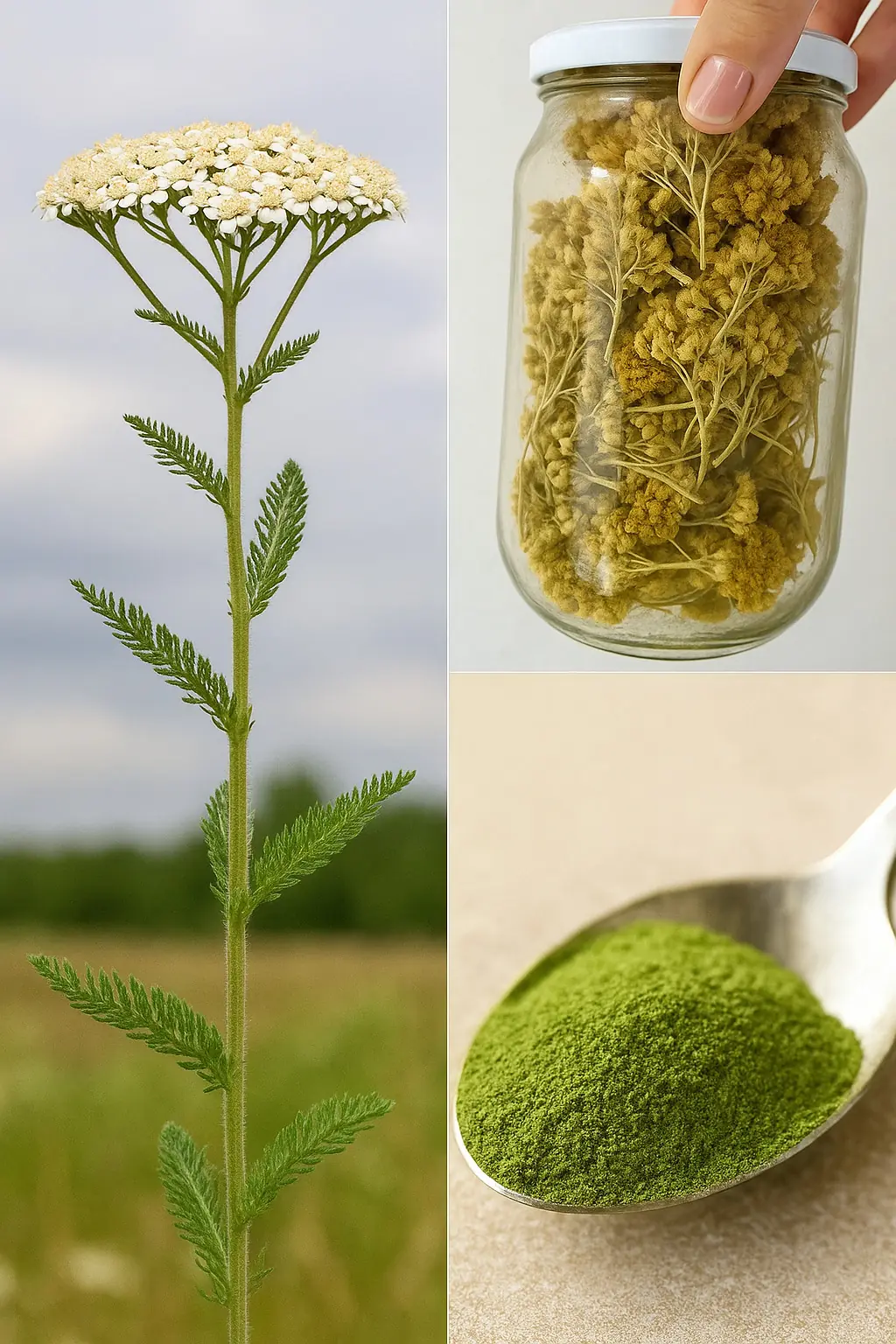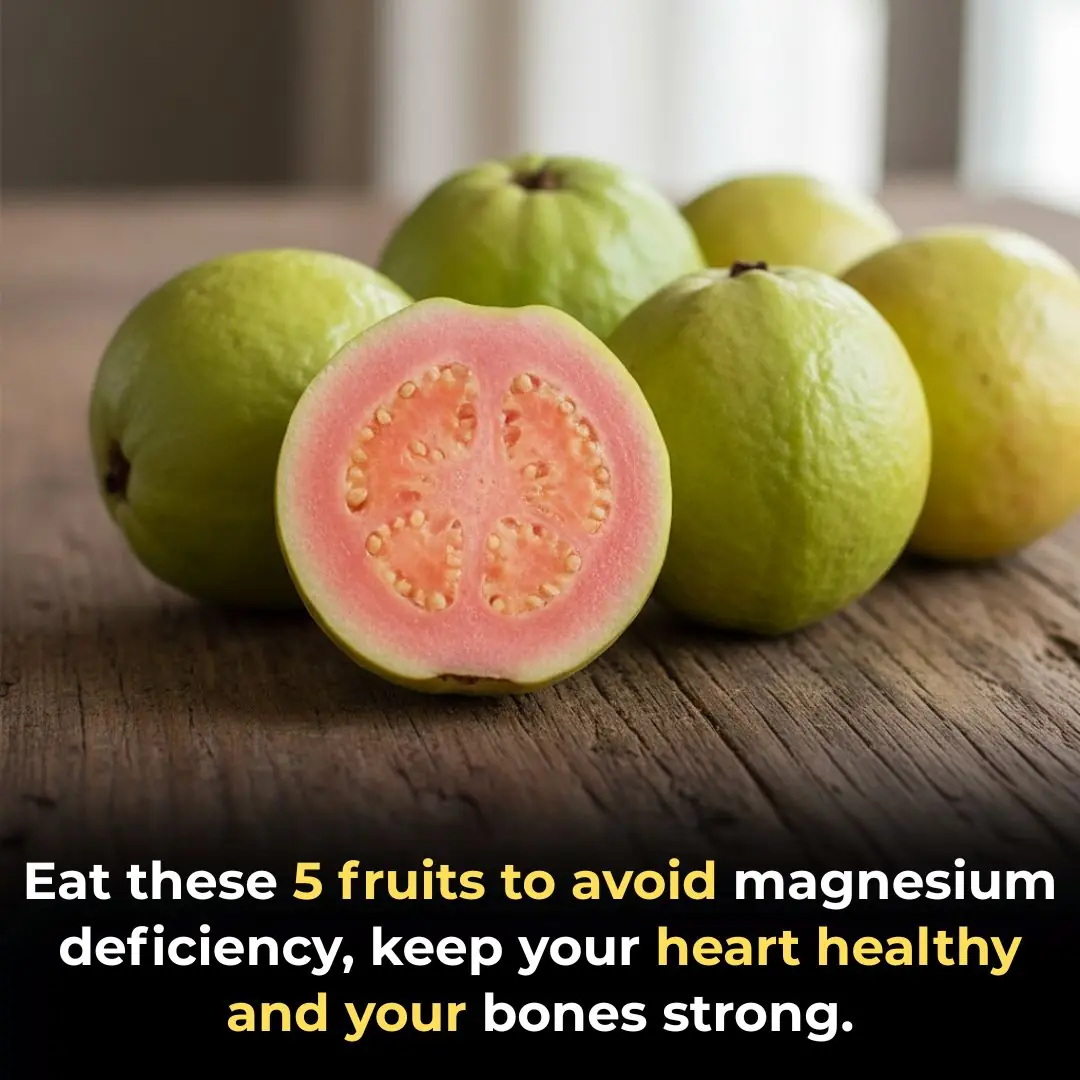
7 Nuts You Should Eat for Better Health (and the #1 Nut You Should NEVER Touch)
7 Nuts You Should Eat for Better Health (and the #1 Nut You Should NEVER Touch)
When it comes to eating well, few foods are as universally praised as nuts. They’re small but mighty, loaded with nutrients that support your heart, brain, metabolism, and even your mood. But here’s something most people don’t realize: not all nuts are created equal.
Some varieties are incredibly beneficial, while others—depending on how they’re processed, stored, or eaten—can actually do more harm than good. A raw handful of walnuts is a far cry from a bag of salted, fried peanuts, and buying nuts in bulk isn’t the same as grabbing a pre-packaged mix. Even factors like exposure to heat, light, or moisture can change how healthy your nuts really are.
So, before you toss another “nut blend” into your shopping cart, it’s worth learning which ones truly deserve a place in your diet—and which ones might not. Based on the insights of Dr. Iñigo Martín, physician and psychologist, here’s your guide to choosing the healthiest nuts for long-term well-being.

✅ The Best Nuts for Your Health
Let’s start with the top seven nuts that deserve a spot in your daily routine—and how to enjoy them the right way.
7. Almonds: Your Heart’s Best Friend
Almonds are nutritional powerhouses packed with monounsaturated fats, which are essential for heart health. Regular almond consumption has been shown to help protect against high cholesterol, hypertension, and type 2 diabetes. They also help keep blood sugar levels steady by slowing how your body absorbs carbohydrates, preventing those sharp sugar spikes that drain your energy.
If you’re watching your weight, almonds are a smart choice—their protein and fiber make you feel full longer, reducing cravings and mindless snacking. They’re also an excellent source of vitamin E, an antioxidant that shields your cells and supports immune function.
Key Takeaway: Eat a handful (about 30 grams) of raw, unpeeled almonds daily. For better blood sugar control, have them 10–15 minutes before meals.
Bonus Tip: Soak almonds overnight for a smoother texture and easier digestion.
6. Walnuts: Brain and Heart Powerhouses
Walnuts are sometimes called “brain food,” and for good reason—their shape even resembles the human brain! They’re rich in omega-3 fatty acids, which your body can’t produce on its own. These fats fight inflammation, protect brain cells from oxidative stress, and support memory, mood, and focus.
For your heart, walnuts are equally impressive. They lower LDL (“bad”) cholesterol and raise HDL (“good”) cholesterol, helping keep arteries clear and blood pressure in check.
Key Takeaway: Eat 4–5 walnuts daily. Soak them in water for 8 hours before eating to boost nutrient absorption. Try adding them to salads, yogurt, or smoothies for an easy health upgrade.
5. Pistachios: Great for Weight and Gut Health
Pistachios are one of the few nuts that combine high-quality protein, fiber, and antioxidants in one compact package. Their unique fiber forms a gel in your gut that slows digestion, making you feel satisfied for longer.
Even better, pistachio fiber acts as a prebiotic, feeding the good bacteria in your intestines. A healthy gut supports digestion, metabolism, mood, and even immune function—it’s like cultivating a tiny ecosystem inside your body that keeps you balanced and strong.
Key Takeaway: Eat a handful daily. Choose pistachios in their shells—cracking them open slows you down and helps control portions. They also have fewer calories than many other nuts.
4. Brazil Nuts: Selenium Superstars
Brazil nuts are small but mighty—they’re the richest natural source of selenium on the planet. Just one Brazil nut can meet your daily requirement. Selenium supports thyroid health, mood, and metabolism, and protects your cells from oxidative stress caused by pollution or processed food.
These nuts also provide magnesium, copper, and phosphorus, which strengthen bones, nerves, and energy production.
Key Takeaway: Eat just one or two Brazil nuts a day—no more. Too much selenium can cause side effects like fatigue or hair loss.
Pro Tip: Store them in the fridge to keep their delicate fats fresh.
3. Hazelnuts: Sustainable and Nutrient-Rich
Hazelnuts aren’t just delicious—they’re loaded with vitamins A, B, and E, which support immunity, skin health, and energy levels. They’re also environmentally friendly: hazelnut trees require less water to grow than almonds, making them a more sustainable choice.
Key Takeaway: Eat a handful (about 30 grams) daily. If you like them toasted, do it at home on low heat (around 10 minutes) to preserve nutrients.
2. Chestnuts: Low-Fat and Vitamin C Packed
Unlike most nuts, chestnuts are low in fat and rich in vitamin C, which boosts your immune system and helps your body produce collagen for healthy skin and joints. Their high fiber content supports digestion and gut health, while their low glycemic index makes them perfect for those managing blood sugar levels.
Key Takeaway: Eat four to five chestnuts daily. Roast them for easier digestion—but make a small cut in the shell first to prevent them from bursting.
1. Pecans: Antioxidant and Mineral Power
Pecans are one of the most antioxidant-rich nuts out there. They protect your cells from aging and inflammation while supplying essential minerals like magnesium, calcium, and potassium for muscle, bone, and nerve health.
For men, pecans can also help reduce prostate inflammation. With very few carbs, they’re an excellent snack for anyone managing weight or blood sugar.
Key Takeaway: Eat a handful daily. Sprinkle crushed pecans over salads or oatmeal, or toast them lightly with cinnamon for a flavorful, healthy snack.
📌 Nuts to Be Careful With (or Avoid Entirely)
Now that you know the best nuts, it’s equally important to recognize those that might not be as beneficial—or could even be harmful if eaten the wrong way.
⚠️ A. Macadamia Nuts: High in Calories
Macadamias are buttery and delicious—but they’re extremely calorie-dense, packing over 200 calories per handful. Most of their calories come from fat, and while it’s mostly healthy fat, the portion size can add up quickly. Processed macadamias often include added salt, sugar, or oils, which reduce their nutritional value.
Key Takeaway: Limit yourself to four or five plain, unsalted macadamias a day. Toast them gently at home and pair them with almonds or pistachios for a better protein balance.
⚠️ B. Peanuts: Allergy and Toxin Risks
Peanuts are technically legumes, not nuts—and they come with a few warnings. They’re among the most allergenic foods in the world and can cause severe reactions. Even more concerning, improperly stored peanuts may contain aflatoxins, mold-based toxins that damage the liver.
They’re also high in omega-6 fatty acids, which can cause inflammation when consumed in excess. And most store-bought peanuts are roasted in cheap oils and covered with salt or sugar.
Key Takeaway: If you eat peanuts, choose unsalted and unsweetened varieties, no more than twice a week. Keep them refrigerated in an airtight container to prevent mold.
⚠️ C. Pine Nuts: Taste Alteration and Cost
Pine nuts are healthy but can cause a rare condition called “pine mouth,” which leaves a metallic taste for days. They’re also quite expensive, so while nutritious, they’re best eaten occasionally rather than daily.
Key Takeaway: Enjoy pine nuts once or twice a week in small amounts—perfect as a garnish for salads or pesto.
⚠️ D. Horse Chestnuts: Toxic and Not for Eating
Don’t be fooled by their name—horse chestnuts are not edible. They contain esculin, a toxin that can cause vomiting, diarrhea, and muscle weakness. While sometimes used in medicine under strict processing, raw horse chestnuts are dangerous to consume.
Key Takeaway: Never eat horse chestnuts. Buy edible chestnuts only from trusted stores, and learn to tell them apart—the toxic ones have thicker, spikier shells and glossier nuts.
⚠️ E. Bitter Almonds: A Hidden Danger
Bitter almonds look like the sweet ones we know, but they contain amygdalin, which converts to cyanide during digestion. Even a few raw bitter almonds can be harmful. Thankfully, they’re rarely sold in regular markets.
Key Takeaway: Always buy almonds from reputable sources. If an almond tastes unusually bitter or numbs your mouth, stop eating it immediately.
🌰 Final Thoughts
Most nuts are incredibly healthy and deserve a place in your daily diet. They provide essential nutrients, protect your organs, and can even improve mood and energy levels. Just remember: quality, freshness, and moderation are key. Choose raw or lightly roasted nuts, store them properly, and avoid overly processed or flavored versions.
Your body—and your heart—will thank you for it.
News in the same category


White Bumps or Spots on Lips: Causes and Effective Treatments

Corn Silk: 30 Health Benefits and How to Use It

Turmeric Dosage: How Much You Actually Need for Arthritis, Cancer, and Other Diseases

Better Than Medicine? The Shocking Truth About Dates & Blood Sugar!

An easy-to-dismiss symptom in your foot could be a sign of several more serious illnesses

Doctor reveals 5 powerful snacks that help your body fight cancer and disease

The Most Effective Foods to Cleanse your Lungs (Research Based)

Starve cancer cells: the ultimate guide to foods that fight and feed cancer

#1 Best Way to Lower Blood Pressure Naturally and Fast

🍋 Don’t Throw Away Lemon Seeds & Peels — Here’s How to Use Them Safely

Carrot, Ginger Juice Recipe Drink this regularly and you'll notice incredible changes in your body: 5 amazing benefits of this beverage 👇

Eat more, weigh less? 5 surprising ways foods can help you burn fat

What really happens to your body when you take LOSARTAN

Stop Eating Eggs Immediately If Your Body Shows These 8 Signs

Sarcopenia: Causes of Muscle Loss and How to Regain Strength

Yarrow: A Timeless Herbal Ally with Amazing Health Benefits

How To Use a Frozen Lemon To Fight Malignant Tumors in The Body

Top 11 Nutrients To Destroy Cancer Stem Cells
News Post

Serrated Leaf Motherwort: A Precious Herb with Many Benefits

Banana flowers and their little-known uses

Eat these 5 fruits to avoid magnesium deficiency, keep your heart healthy and your bones strong.

The Amazing Power of Caesalpinia pulcherrima (Peacock Flower)

White Bumps or Spots on Lips: Causes and Effective Treatments

Corn Silk: 30 Health Benefits and How to Use It

Turmeric Dosage: How Much You Actually Need for Arthritis, Cancer, and Other Diseases

Better Than Medicine? The Shocking Truth About Dates & Blood Sugar!

An easy-to-dismiss symptom in your foot could be a sign of several more serious illnesses

How to cook black bean perilla water to detoxify the liver and nourish the kidneys

A miracle will happen with a handful of seeds under the bed, unfortunately it's just now

Pouring white sugar into laundry detergent: A little tip that everyone loves, saves a lot of money every year

Tips for dealing with moldy and peeling walls: Simple, inexpensive, any house can do it

Stop wasting money on these 10 pantry staples

Doctor reveals 5 powerful snacks that help your body fight cancer and disease

The Most Effective Foods to Cleanse your Lungs (Research Based)

Starve cancer cells: the ultimate guide to foods that fight and feed cancer

Stop wasting freezer space on these 10 foods
